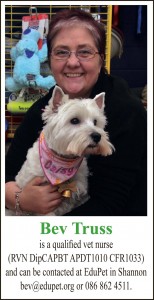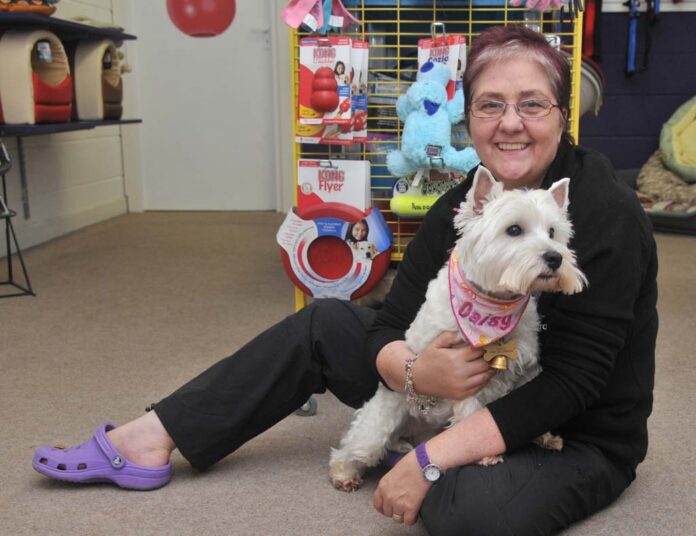
FOLLOWING on from the dog bite prevention article a few weeks ago, here are some tips for parents and dog owners to help keep children safe:
THE three most important things to teach your children
Some dogs don’t like hugs and kisses. Teach your children not to hug or kiss a dog on the face. Hugging the family dog or face-to-face contact are common causes of bites to the face. Instead, teach kids to scratch the dog on the chest or the side of the neck.
Be a tree if a strange dog approaches. Tach children to stand still, like a tree. If children flap around, run or make squealing noises this can excite a dog even more. Trees are boring and the dog will eventually go away. This works for strange dogs and anytime the family dog gets too frisky or becomes aggressive.
Never tease a dog and never disturb a dog that’s sleeping, eating or protecting something like his bed or his food. Dogs can get fed up as well and have the same emotions we do so teasing a dog may make him aggressive.
The two most important things parents can do
Supervise. Don’t assume your dog is good with kids. If a toddler must interact with your dog, you should have your hands on the dog too. Even if your dog is great with kids and has never bitten, why take a chance? Never, ever leave a dog and a child together unattended; accidents can and do happen
Train the dog . Take your dog to obedience classes where positive reinforcement is used. Check out the Association of Pet Dog Trainers Ireland website www.apdt.ie for professional force-free dog trainers, who are qualified to help. Never pin, shake, choke, hold the dog down or roll the dog over to teach it a lesson. Dogs treated this way are likely to be aggressive in defense of this type of harsh handling. Good training classes involve all the family in training the family dog and parents can help children train their dog at home while supervising. Don’t allow children to punish the dog. Condition the dog to enjoy the presence and actions of children using positive experiences.
The three most important things dog owners can do
1. Spay or neuter your dog. Neutered pets are on the whole calmer, healthier and less likely to be aggressive. Neutering prevents unwanted dogs that may end up in shelters or in less than ideal conditions where they may grow up to be poorly socialised or aggressive. Getting your dog or puppy from a home or rescue that behaviourally assesses dogs will be a safer option for the family than an unseen breeder or website
2. Condition your dog for the world. Give your puppy lots of new positive experiences. Train using positive methods i.e. clicker training.
3. Supervise your dog. Supervise your dog at all times around children. Do not allow children to hug and kiss the dog. If visiting children are bothering your dog, put the dog away or send the children home. Children are precious and dogs want to be part of the family so they must be taught how to interact safely with each other.
A native of Ennis, Colin McGann has been editor of The Clare Champion since August 2020. Former editor of The Clare People, he is a journalism and communications graduate of Dublin Institute of Technology.


